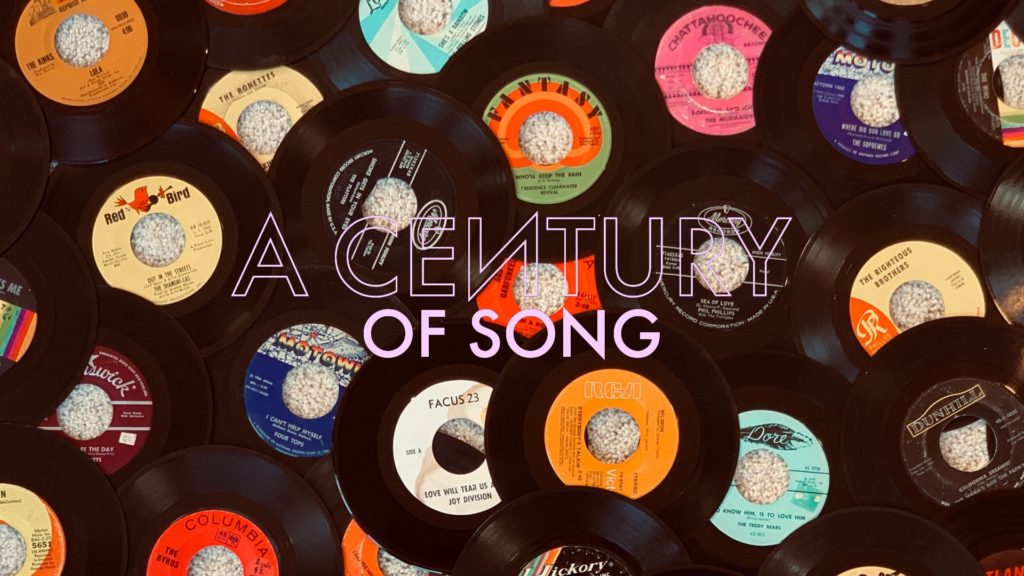
A Century of Song is an attempt to summarize 100 years of popular music through 1000 carefully chosen tracks. Included within this list are landmark singles, stellar album cuts, huge hits, hidden gems, and more than a few personal favorites. Read the introduction for the project here, and enjoy the embedded videos and Spotify playlist.

720
The Baltimore dream pop duo Beach House put their best foot forward on their breakthrough album, 2010’s Teen Dream. “Zebra” is a captivating track – one that provided a welcoming entry point to the album that found Victoria Legrand and Alex Scally realizing the potential that had been displayed on their first two records.
While the arrangement of “Zebra” is relatively minimal, the track has a lush grandeur that draws comparison to a slightly more straightforward version of Cocteau Twins. Legrand’s vocal is unhurried, and unmoved by the song’s gently shifting dynamics. Her synths, and Scally’s clean, defined guitar work, create a warmly inviting atmosphere – one that could go far beyond the song’s five-minute run-time without ever wearing out its welcome.
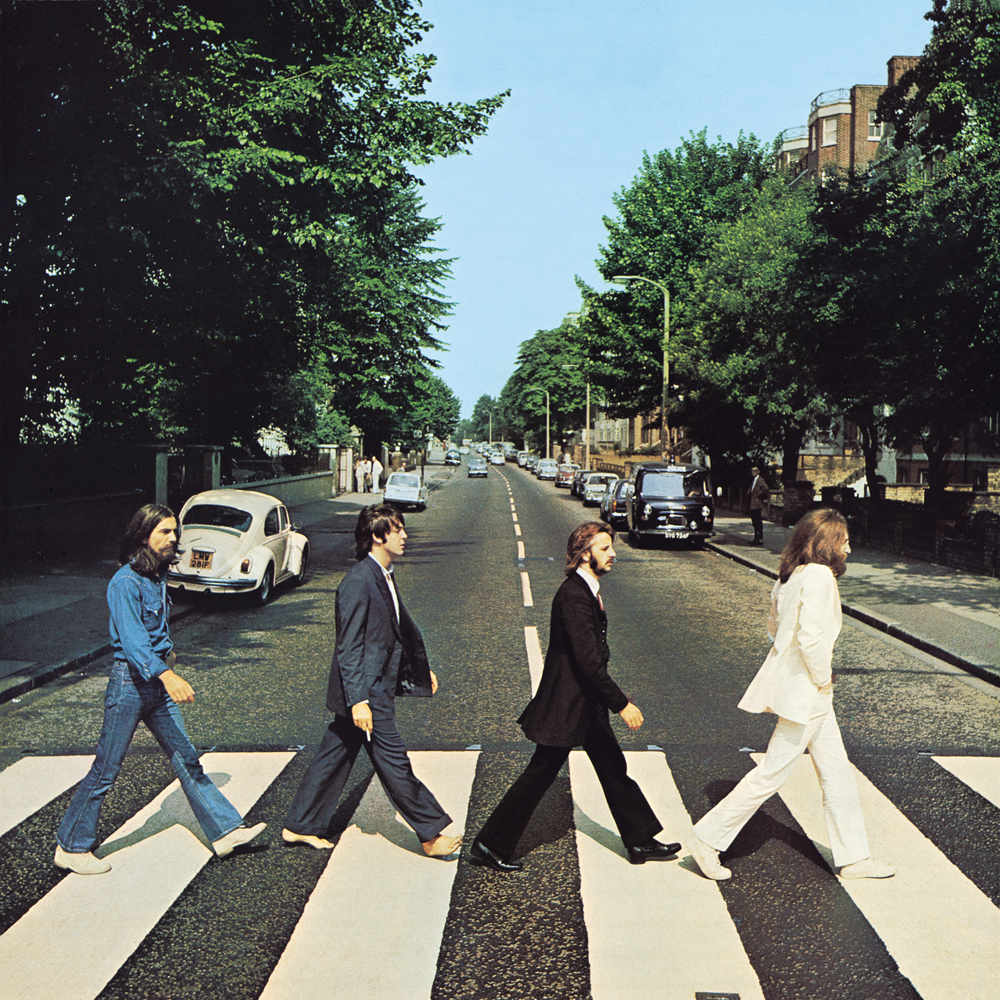
719
George Harrison’s reputation as “The Quiet One” has been well documented, as has the increased confidence that he displayed in his songwriting as The Beatles’ career progressed. Arguably the grandest statement in his time with the band – and his first-and-only Beatles A-side – “Something” is a lush ballad that stands among the group’s most beloved tracks.
The signature melodic element of “Something” is Harrison’s repeated guitar riff – not unlike those of his friend and rival, Eric Clapton. However, as the song progresses, The Beatles’ unparalleled attention to detail is revealed, through George Martin’s string arrangement, Paul McCartney’s decidedly active bass line, and the gorgeous harmonies of the track’s outstanding bridge. Even better still is Harrison’s guitar solo – arguably the best of his career, with or without The Beatles.
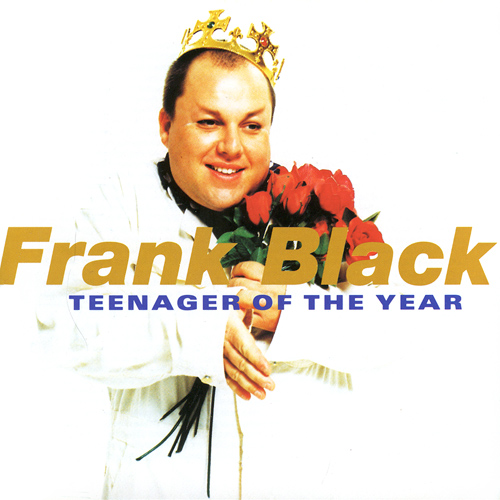
718
I’ve alluded to my love of Frank Black’s Teenager of the Year elsewhere – and will undoubtedly dive deeper into the topic in the future. My pick for the album’s finest moment is this track, which seems to find Black penning a cryptic ode to the complex history, and imagined future, of Southern California – a recurring theme across Teenager, and much of his post-Pixies career.
While “Calistan” is lyrically dense, it’s one of the more musically straightforward tracks on Teenager of the Year. Former Magic Band/Pere Ubu multi-instrumentalist, Eric Drew Feldman, provides the propulsive bass line and rollicking barroom piano that gives “Calistan” a sound that evokes the open highway – one built of layer upon layer of history – of Black’s fascination.
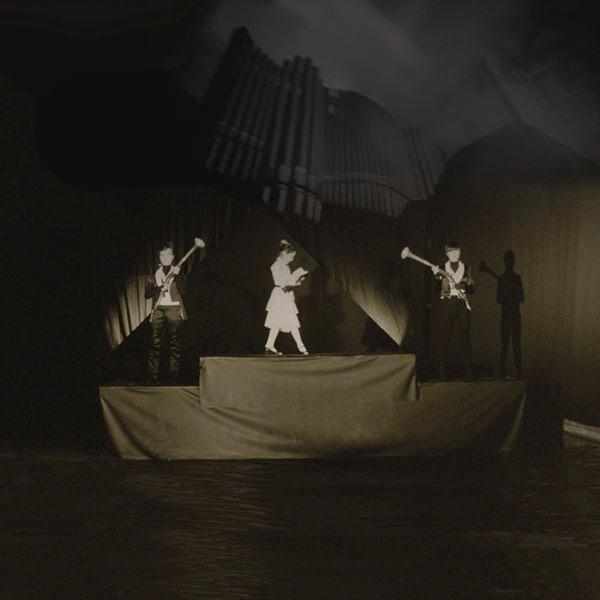
717
2004’s Funeral made Montréal’s Arcade Fire the most talked-about band in indie rock, leading to critical acclaim, and high expectations for the group’s follow-up. The lead single and centerpiece of 2007’s Neon Bible, “Intervention” is one of the most powerful tracks by a band that made its name on impactful displays of grandeur.
“Intervention” opens with the sound of a pipe organ – a feature of the Quebec church that the band purchased, and recorded the bulk of Neon Bible in. Though such indulgences would work to mixed effect throughout the album, “Intervention” benefits from its epic scale. In fact, by the time of the song’s climactic final verse – in which lead vocalist Win Butler sounds overcome with emotion – that opening sounds positively quaint by comparison.
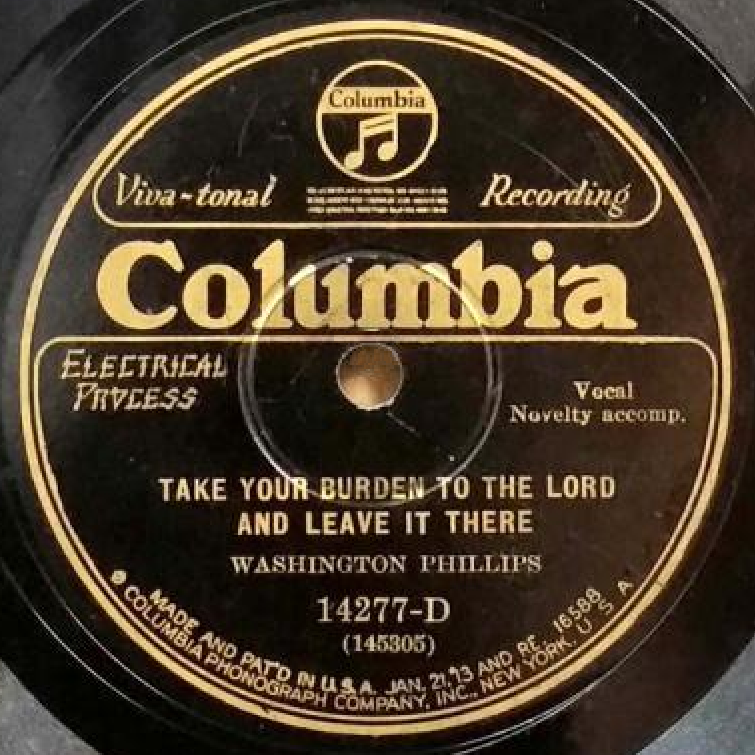
716
One of the most unique singer-songwriters of his era, the Texas-born Washington Phillips was also one of the most difficult to categorize, leading his records to be labeled as “novelties” at the time. Phillips spent only a brief portion of his life as a recoding musician, but the eighteen tracks that he recorded from 1927-29 continue to resonate.
A deeply spiritual man, Washington Phillips was essentially a gospel singer, but one whose songs were brought to life by their otherworldly musical accompaniment – a homemade instrument that Phillips dubbed a “manzarene.” There remains a great degree of debate as to what Phillips’ manzarene actually was – some modified version of a zither or hammered dulcimer – but few can deny the spectral beauty of his best work. “Take Your Burden to the Lord” was the A-side of Phillips’ first single, and is a fine introduction to a sound that is unlike anything to come before, or since.

715
Though it’s neither the musical or emotional high point of Tommy, “Pinball Wizard” is the best-known track from The Who’s epic 1969 “rock opera.” Quickly written as a nod/appeal to music critic Nik Cohn, the song was shoe-horned into the album’s story of a “deaf, dumb, and blind kid” who becomes a semi-messianic rock star.
Pete Townshend famously called it “the most clumsy piece of writing I’d ever done,” but “Pinball Wizard” was released as the first single from Tommy, and it remains a staple of classic rock radio to this day. A condensed version of Tommy‘s powerful musicianship and epic scope, the track is an intriguing peak into a complex and rewarding work.
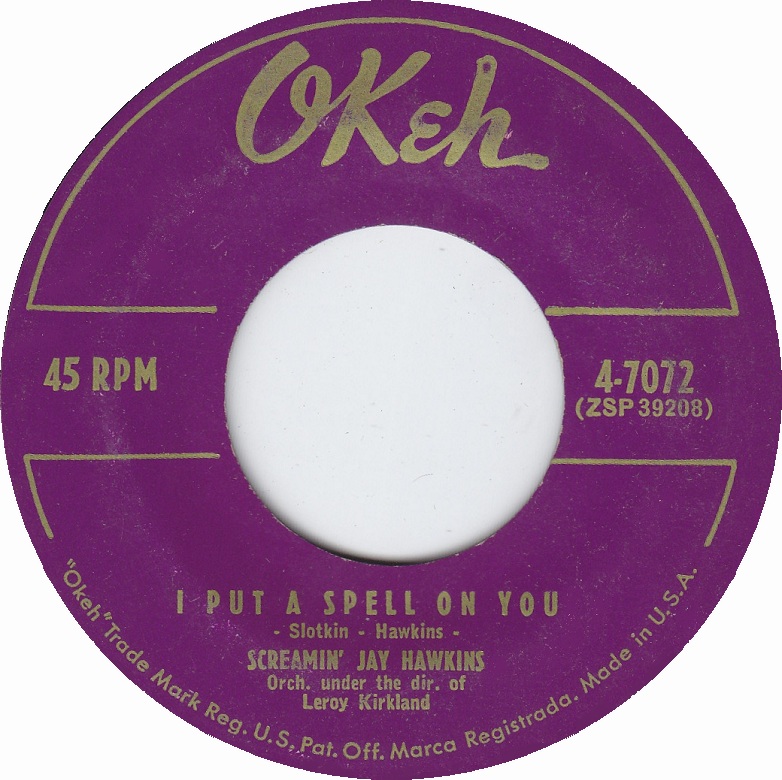
714
Arriving near the first wave of rock & roll, Screamin’ Jay Hawkins’ signature single seemed to draw a line connecting the blues of the past with the rock wildmen of the near future. Up to the point of its recording, Hawkins had a relatively typical blues sound, but an (apparently) alcohol-induced looseness during the sessions brought out a more sinister side to the song.
There’s an absurdity to Hawkins’ unhinged vocal performance that makes it possible for one to read it as a novelty. However, listeners and radio programmers didn’t exactly see it that way, as “I Put a Spell on You” was effectively banned from many stations. Despite this limitation, the song became a hit, and Hawkins would ultimately capitalize by leaning into his newfound “demented” persona.
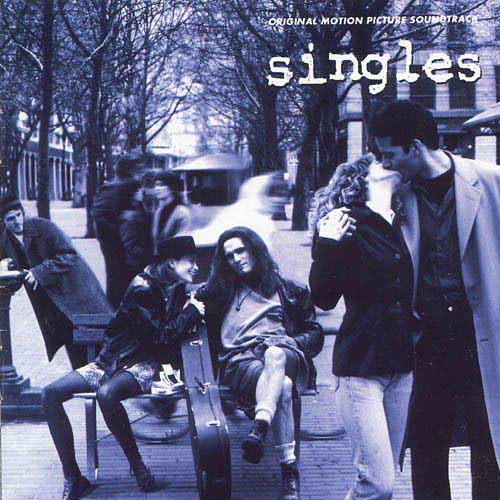
713
When I was a freshman in high school, my friends and I were semi-regulars at Friday night open skating sessions at the local ice rink. While the primary attraction was the number of similarly aged girls at the rink, we were also drawn in by the relatively-accommodating attitudes of the older teenagers who operated the rink’s P.A. system. Frequently, we’d arrive with a cassette of tracks that they would agree to weave into the evening’s playlist, and naturally, being fourteen-year-old boys, we realized that this was a privilege that needed to be taken advantage of.
While some members of the group lobbied for something more explicit, my suggestion for our great act of subversion was to get the staff to play this Smashing Pumpkins song, featured on the soundtrack to 1992’s timely Seattle-based rom-com, Singles. “Drown” is relatively-standard fare for peak-era Smashing Pumpkins – albeit, better. What made the track potentially controversial – at least for open skating – was its second half, which essentially becomes overtaken by feedback with several minutes of run-time left. While it was hardly Metal Machine Music, it went over about as poorly (or well, depending on perspective) as could be expected.
That friend group dissolved as high school progressed. For some of us, the pranks and hijinks continued, and while not all of them were as harmless as a non-hostile takeover of the ice rink’s sound system, we made it through those years, largely unscathed. For others, recalcitrance became a pastime, until it resulted in consequences of escalating severity. I don’t listen to “Drown” – or Smashing Pumpkins – all that often anymore, but when I do, I think of that night, the confused looks on the faces of the girls that we definitely weren’t impressing with our antics, and the friendships that would soon start to fray, just like the decaying wall of noise at the end of the song.

712
I was left somewhat cold by FKA twigs’ well-received 2014 debut, LP1, so I was slightly cautious in approaching its similarly-acclaimed follow-up, 2019’s Magdalene. Whereas I found LP1 to be somewhat ephemeral in its appeal, I saw Magdalene as a significant improvement in both songwriting and production – nowhere more than on the album’s lead single, “Cellophane.”
There is an intimacy to “Cellophane” that stands in contrast to a lot of contemporary pop music. FKA twigs’ vocal performance is nuanced, displaying both vulnerability and confidence, which pairs perfectly with the minimalist, corroded instrumental backing. It’s abstract enough to appeal to those looking for art, yet direct enough to be entirely accessible. What more should pop music strive for?
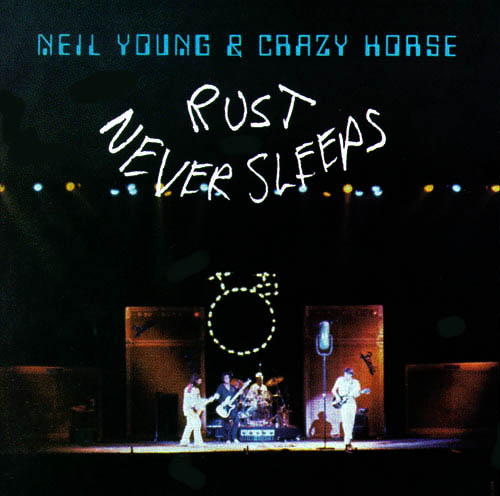
711
Neil Young originally recorded “Powderfinger” in 1976, intending to include it on the still-unreleased Chrome Dreams – that version eventually appeared on the 2017 archival release, Hitchhiker. The song’s first proper release ultimately came with the 1979 live album, Rust Never Sleeps, and while “Powderfinger” presents a compelling story in its original acoustic reading, it’s the live take – with electric backing by Young’s long-time band, Crazy Horse – that truly brings the song to life.
“Powderfinger” tells a heartbreaking coming-of-age story. The unnamed narrator is left to defend his family against a gunboat attack, ultimately dying at the hands of the authorities. The song’s vivid storytelling is amplified by Young’s anthemic repeating guitar riff and subsequent solos, making the sound of tragedy triumphant.
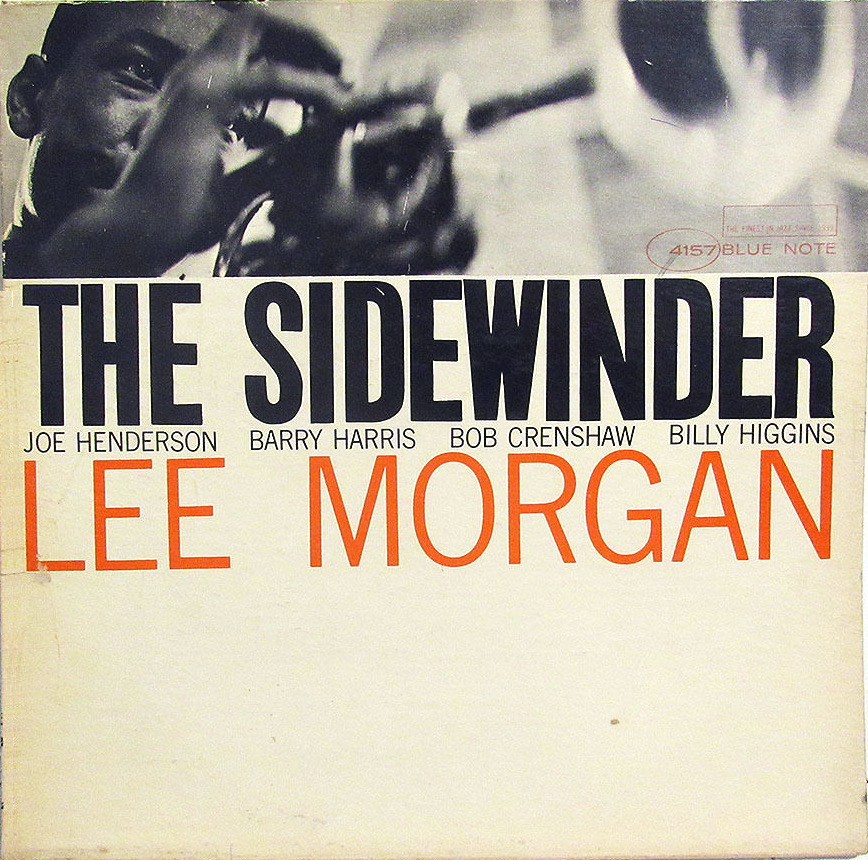
710
The title track to Lee Morgan’s classic 1964 album became a surprise hit for the jazz trumpeter, landing on the pop charts, and becoming a favorite in dance clubs across the United States. The single’s success ultimately made The Sidewinder the best-selling LP in the history of the storied Blue Note label.
“The Sidewinder” cruises along with effortless appeal. Its hook – provided by Morgan’s trumpet and Joe Henderson’s tenor sax – is indelible, but the track’s momentum is carried throughout its lengthy solo sections. “The Sidewinder” is the epitome of upbeat hard bop – danceable, catchy, and featuring resplendent performances from all involved personnel.
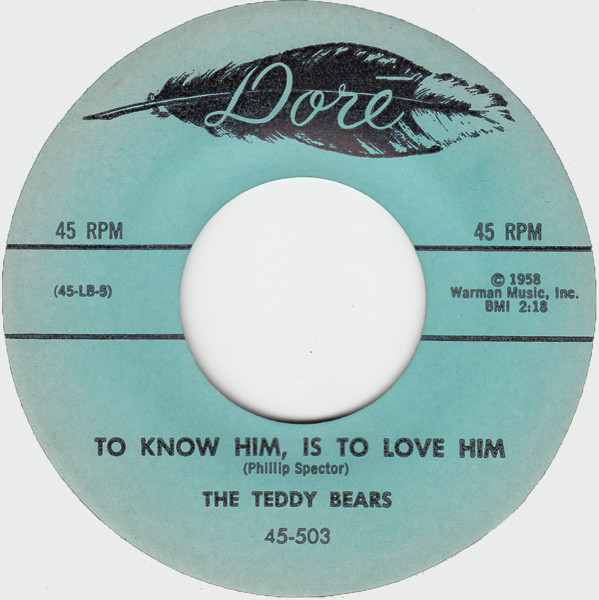
709
Written, arranged, produced, and performed by a nineteen-year-old Phil Spector, The Teddy Bears’ debut single was a massive hit that introduced the world to the notoriously temperamental pop genius. It was Spector’s first production, and the only of his many hit singles to feature his own voice.
Of course, it’s not Spector’s voice, but that of Annette Kleinbard that truly carries “To Know Him, Is to Love Him.” Spector wrote the track for Kleinbard’s voice – the title was inspired by the inscription on Spector’s father’s tombstone – and it proves to be a perfect fit for his beautifully delicate arrangement.
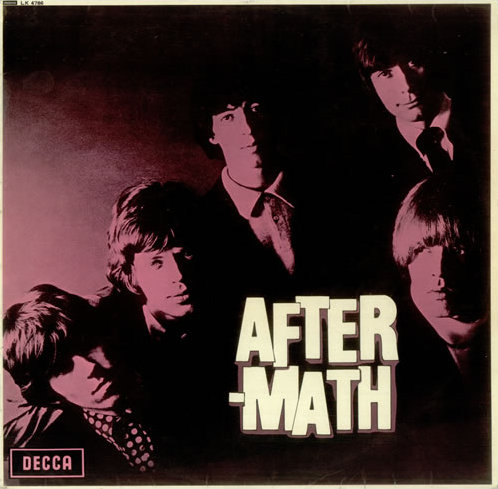
708
While The Rolling Stones haven’t spent a moment in obscurity following their breakthrough, this track – tucked into the second side of 1966’s Aftermath – was a long-time hidden gem of their catalog. Given a second life by its appearance in a transitional scene from Wes Anderson’s Rushmore, “I Am Waiting” is a baroque pop beauty that stands among the band’s most charming tracks.
By the mid-sixties, the Stones were balancing their blues-based roots with attempts – some blatant – at following The Beatles’ lead into more nuanced directions. “I Am Waiting” definitely fits into the latter category, but where The Beatles’ contemporary forays into baroque pop were yielding immaculate tracks like “Eleanor Rigby,” the Stones take a scrappier approach – one that undercuts the often-troubling misogyny of their songwriting, to reveal an appealingly vulnerable side of the band.
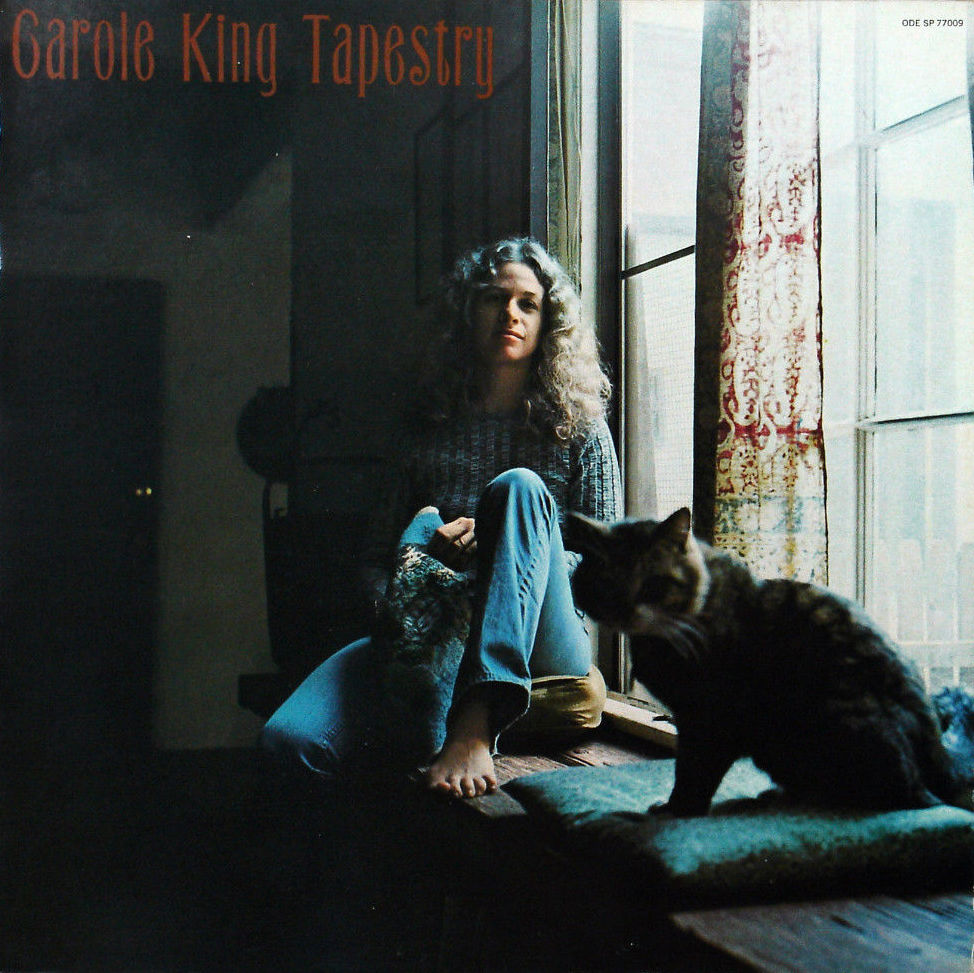
707
By the time of 1971’s massively successful Tapestry, Carole King had already earned several hit records, but nearly all of them had come as part of a songwriting team with her husband, Gerry Goffin. That professional relationship ended with the couple’s divorce in 1968, upon which point King put a renewed focus into her career as a performer.
While her solo debut, 1970’s Writer, was a modest success, Tapestry was a critical and commercial breakthrough – one that placed King among the premier figures of the singer-songwriter scene. Initially released as the B-side to the album’s first single, “It’s Too Late,” “I Feel the Earth Move” is arguably Tapestry‘s most celebrated track. Its driving rhythm and King’s punctuated melody line give the song a palpable momentum, one that serves as an excellent entry point to a fantastic record.
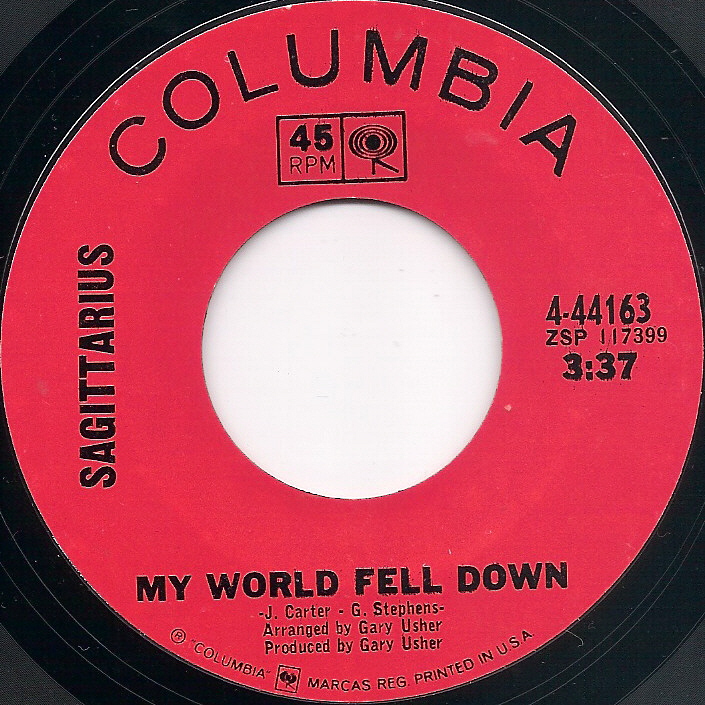
706
Originally written and recorded by the British group The Ivy League, “My World Fell Down” reached a new level of grandeur in the hands of Gary Usher. An early collaborator with Brian Wilson, Usher turned “My World Fell Down” into an homage to the complex pop brilliance of The Beach Boys’ Pet Sounds.
“My World Fell Down” was credited to Sagittarius, which – at the point of the song’s recording – was essentially Gary Usher, a group of session musicians, and a handful of vocal ringers that included Glen Campbell and Bruce Johnston of The Beach Boys. Usher produced the track, adding in a musique concrète bridge that lent the song an experimental edge. This bridge would be cut by the time that Usher, with help from Curt Boettcher, completed a Sagittarius album – 1968’s Present Tense – but the full single version is superior.
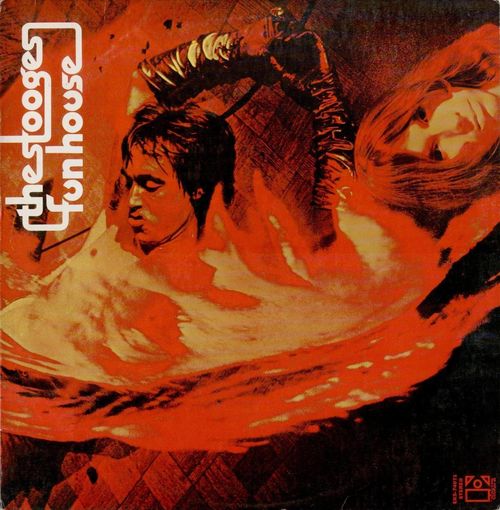
705
The fiery centerpiece to an album that feels several years ahead of its time, “1970” is a thrilling highlight of The Stooges’ landmark second record, Fun House. While the track ostensibly announced the arrival of a new decade, “1970” retroactively seems to be another important step toward the arrival of punk rock.
The Stooges would name their third and final album Raw Power, but the description is just as apt here. Scott Asheton bashes away at his drums, while his brother Ron slashes through power chords, and a solo that matches the hedonistic intensity of the band’s already-legendary vocalist, Iggy Pop. Only Dave Alexander’s insistent bass seems tethered to anything, and the mania only accelerates with the squealing tenor sax of Steven Mackay, which helps bring the track to its charred conclusion.
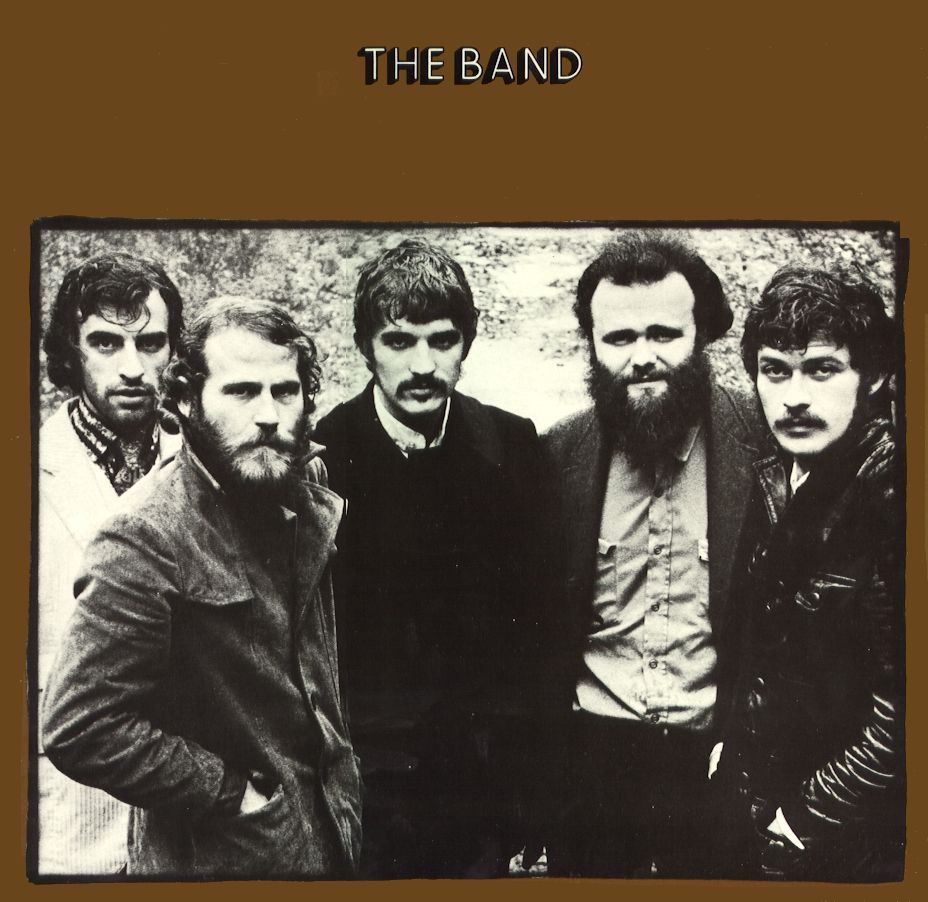
704
The consistent quality of The Band’s self-titled second album makes identifying standouts a difficult task. For many, it’s the stately “The Night They Drove Old Dixie Down,” the funky “Up on Cripple Creek,” or the darkly apocalyptic “King Harvest (Has Surely Come).” For me, it’s this mournful ballad that edges out the formidable competition as the album’s finest track.
Co-written by Richard Manuel and Robbie Robertson, “Whispering Pines” fully displays the democratic nature of a group that was actually worthy of being known simply as “The Band.” Each member’s contributions stand out, from Garth Hudson’s Lowery organ washes, Rick Danko and Levon Helm’s understated backing, Robertson’s vivid lyrics, and Manuel’s heartbrokenly vulnerable vocal performance. I’m content in picking it to be the ambassador for one of the greatest albums of all-time.
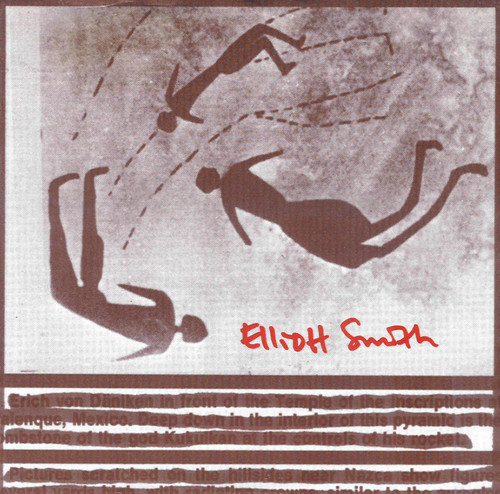
703
One of the most intimate and haunting songs in Elliott Smith’s catalog, “Needle in the Hay” was the opening track to the Portland singer/songwriter’s self-titled second album. While Smith was an abundantly talented writer and musician – one capable of far more emotional range than he’s often given credit for – “Needle in the Hay” is arguably the track that most solidly confirms his reputation as a heavy listen.
Though both a trumpet and harmonica part were recorded for “Needle in the Hay,” the stark final mix only features Smith’s acoustic guitar and double-tracked voice. The lack of accompaniment only heightens the song’s intensity, as does the selectively revealing nature of the lyrics. It was a harrowing listen, even before its memorable use in Wes Anderson’s 2001 film, The Royal Tenenbaums, and even before Smith’s own death in 2003.
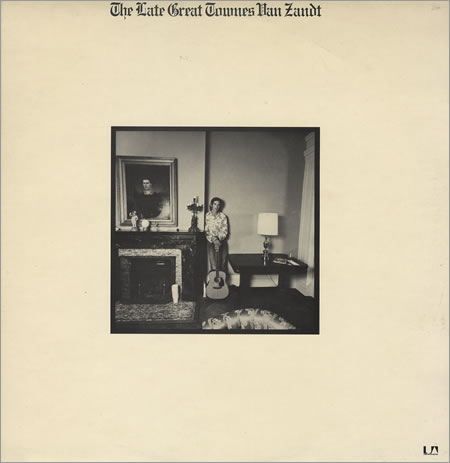
702
The best-known song by Townes Van Zandt, “Pancho and Lefty” would become a huge hit in the hands of Willie Nelson and Merle Haggard when they released a duet version in 1983. However, the track lingered in near obscurity for over a decade, after the Texas-born singer-songwriter first released it on his 1972 album, The Late Great Townes Van Zandt.
Like many great story songs, “Pancho and Lefty” leaves out just enough detail to allow for interpretation. While it’s that ambiguity that has left it ripe for interpretation by a number of artists, Van Zandt’s empathy for his characters – not to mention his excellent vocals – make his version of “Pancho and Lefty” the definitive take.
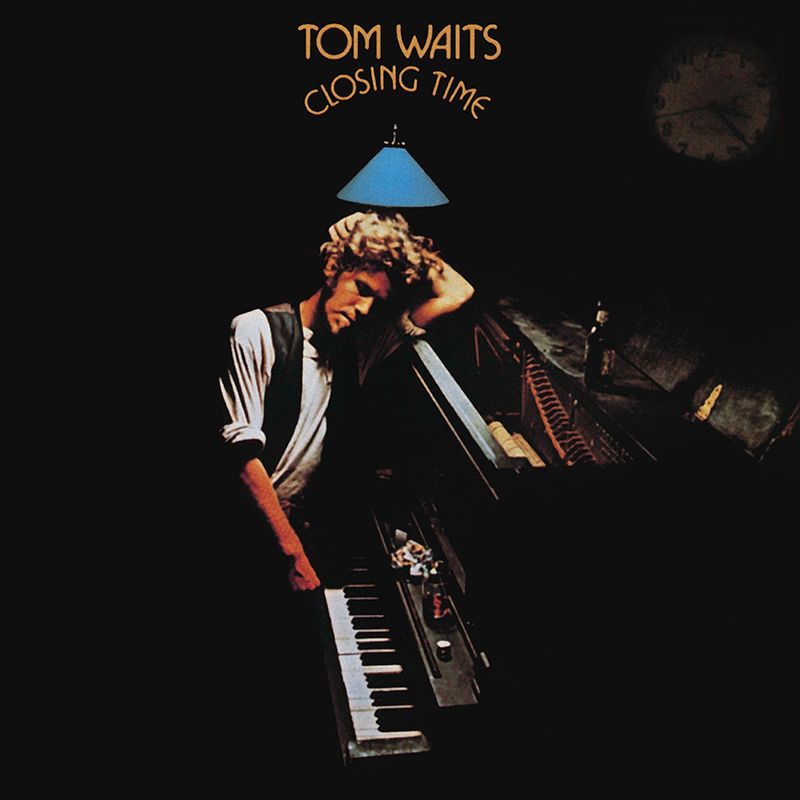
701
Today, the world largely knows Tom Waits as a gravel-voiced documentarian of the seedier side of life, but once upon a time, Waits was a promising young singer-songwriter, whose work trended toward the more sentimental end of the spectrum. This side of Waits’ artistry was best displayed on his 1973 debut, Closing Time – the highlight of which is this tender ballad.
“Martha” is a remarkably mature and nostalgic piece of writing, especially for a man who was just twenty-three years old at the time of its release. Like much of Closing Time, “Martha” reflects the lonely, late-night feel of the album’s title – a loneliness captured in the song’s combination of fond remembrance and sorrow over lost opportunity. In time, Waits would prove to be remarkably adept at capturing the whole range of human emotions in his work, but even at this early stage, he had already mastered what is arguably the most important one.


